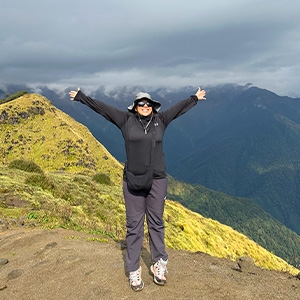List of Festivals Celebrated in Nepal:
Nepali New Year
The Nepali New Year in 2026 Festival kicks off on 14th April, at the commencement of the Nepali Baisakh month, which is also commonly referred to as Nawabarsha in the country.
The arrival of the new year is a time when all Nepalese people get together to celebrate, and at the same time, the majority of people make a resolution to improve themselves and their circumstances in the coming year. They indulge in mouthwatering cuisine, enjoy quality time with their loved ones at picnics and other outings, and go on adventures.
Dashain
Dashain is the biggest and longest yearly festival celebrated in Nepal, comparable to the Chinese Spring Festival. Dashain is one of the Greatest Hindu Festivals in Nepal, and the importance of celebrating festivals in Nepal is to denote harmony, the triumph of truth, and the beginning of happiness. This festival lasts for 15 days and is held to remember and worship the goddess Durga's triumph over evil.
Kids playing on the swings, elders playing card games, and flying colorful kites in the clear sky can be seen during this festival. All the relatives gather during the Dashain festival to receive blessings from the elders, and they return home for a family gathering.
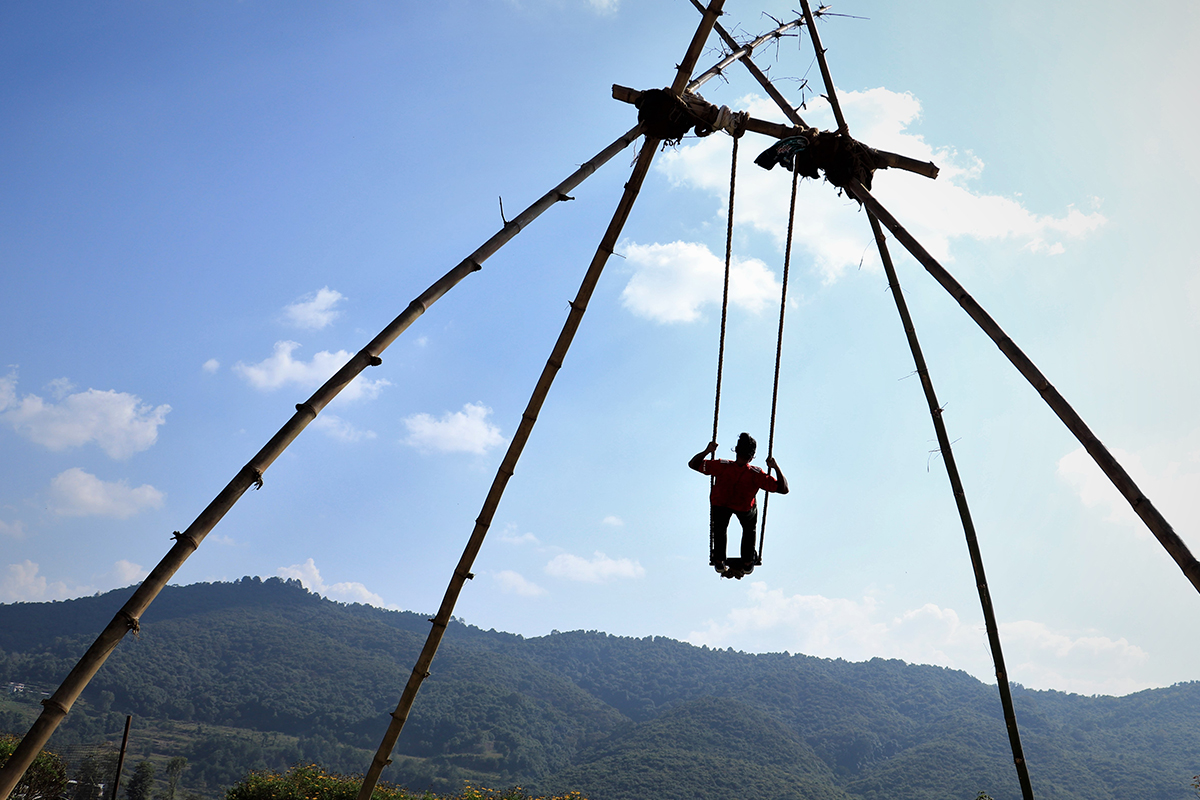
The 10th day of the tika is known as Vijaya Dashami. On this day, in addition to the blessings of the elders, there is a tradition of receiving Tika (red-colored powder mixed with rice kernels) on their foreheads and Jamara on their heads. In terms of festival beliefs, the Dashain celebration is a way for Hindus to celebrate their victory over bad spirits. The festival originated when Goddess Durga defeated the terrifying demon Mahisasur, who was causing terror and horror. This demon was defeated by the goddess Durga in a battle that lasted 10 days.
Tihar and Bhai Tika
The Tihar Festival is the second most important festival that is celebrated throughout Nepal, which usually takes place during the month of November. It is a festival of lights, beautiful decorations, elaborate delicacies, and juicy fruits.
Tihar is a vibrant festival in Nepal, also known as the "Festival of Lights", that lasts for five days; on the first day, people worship the crow. In Nepalese culture, the crow is considered the messenger of bad news, so people worship the crow and offer food, grains, and sweets. To prevent the different bad news around the year, people feed crows on the first day of the Tihar.
On the second day of the Tihar festival, people normally worship and feed dogs, which are also considered the agents of Yama, the god of death. whereas, on the third of the Tihar festival, people worship cows (Gai) and Laxmi puja in the evening. This day is special among all the days during Tihar. The cow is also the National animal of Nepal, and it’s sacred to the Hindu religion. People offer cows by putting tika and garland, and offer their favorite foods along with their favorite grasses.
On the fourth day of the Tihar festival, people celebrate the Ox, also called a Guru Puja. People who are devoted to Vaishnavism celebrate Govardhan Puja, which involves using cow dung to make the Govardhan mountain and worship it. Likewise, in the Newari community, people perform Mha Puja (a self-worshipping festival in Nepal).
The last day or the fifth day of the Tihar festival is Bhai Tika. This is a special day for the brothers and sisters where the sister puts a Tika on the forehead of the brother and gives blessings for the prosperity and long life of their brothers.
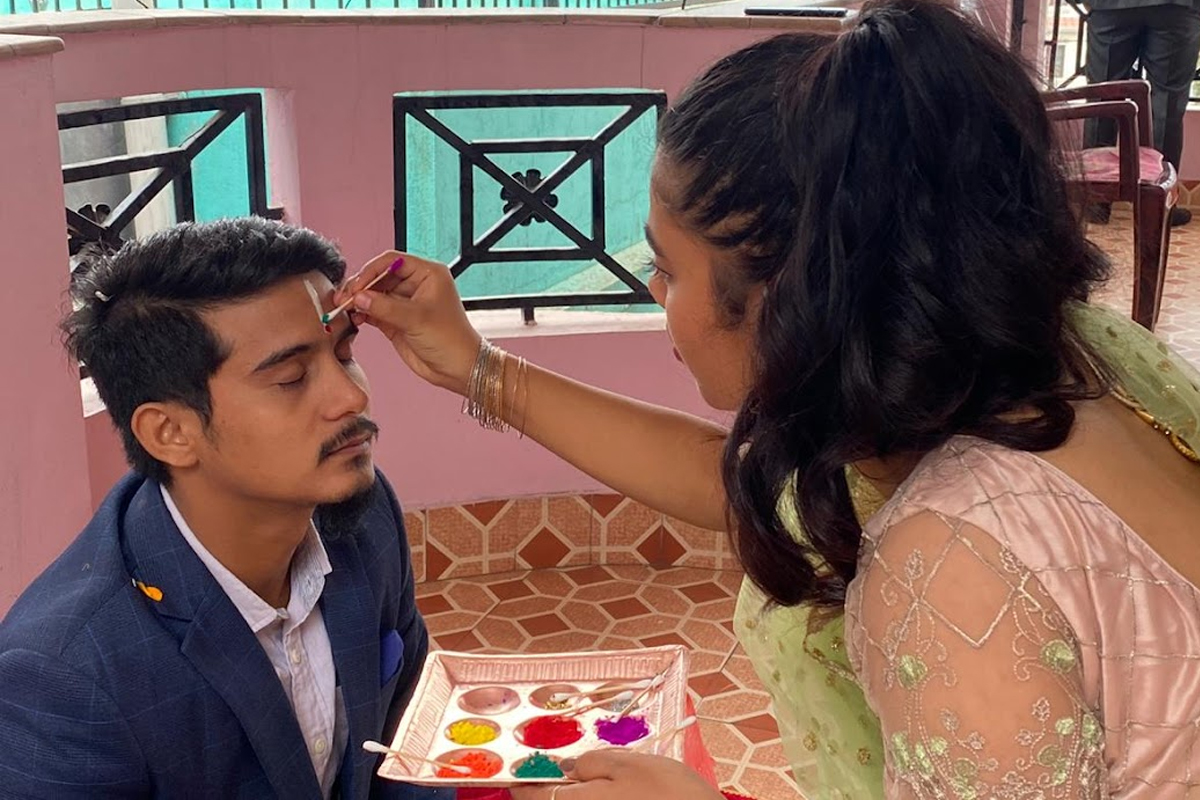
The celebration of the bond between brothers and sisters is celebrated on this particular day to pay their respects to one another, and it is expected for sisters to offer prayers to the gods and goddesses, wishing for their brothers' health and happiness throughout their lives.
According to Hindu legend, Yamraj, the deity of death, paid a visit to his sister Yamuna. While he was there, Yamuna honored him by placing a tika on his forehead, decorating him with garlands, and serving him traditional meals associated with the festival of Tihar. On that day, Yamraj declared that anyone who had gotten tika from their sister would never die on that day again. As a result, Bhai Tika came into being. The brothers offer some gifts and money to their sisters along with delicious food and end the festival in a good mood. Bhaitika falls on 15th Nov 2023.
Maghe Sankranti
Maghe Sankranti is a widely celebrated festival on the first day of the month of Magh, according to the Vikram Sambat (BS) calendar. It is also known as the new year, celebrated by the Tharu community of Nepal. Maghe Sankranti is said to mark the end of the winter season in the month of Poush. It is believed that this festival brings warmth and longer days compared to nights, and the sun starts to move towards the Northern Hemisphere. Maghe Sankranti is known as the beginning of an auspicious (holy) phase of transition in Nepalese culture.
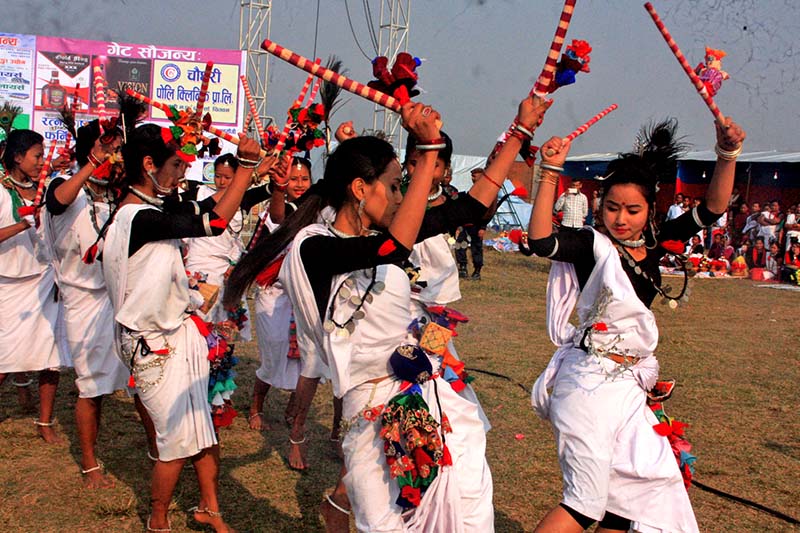
This festival anticipates warmer weather, better days of health and wealth, and the end of the winter season. Families join together on this day to enjoy delectable food. Tradition dictates that people have sweet potatoes, yams, ghee, molasses, and sesame seed snacks.
On this day, worshippers gather around the sacred rivers or ponds and bathe. To celebrate and spread joy, special dishes like yams, clarified butter (ghee), khichdi, and chaku are cooked at feasts. According to popular belief, Bhismapitamaha, who in the Epic of the Mahabharata was the son of King Santanu and the River Ganga, exercised control over his demise (Iccha Mrityu). This is the day that Bhisma found the words of life and death wisdom as he was resting on the bed of arrows that Arjuna had shot.
Teej
Teej is one of the Most Celebrated Festivals of Nepal and is observed mostly by the females in Nepal. Mostly, Married Women celebrate the holiday of Teej by wearing red sarees, tikas, and bangles, as well as singing and dancing for several days. It is a traditional belief for married ladies to pay a visit to their mothers' houses and enjoy a feast known as Dar during this time. This holiday carries a great deal of significance. Women who practice Dar abstain from food and drink for the entirety of a day, during which they gather in groups to sing and dance.
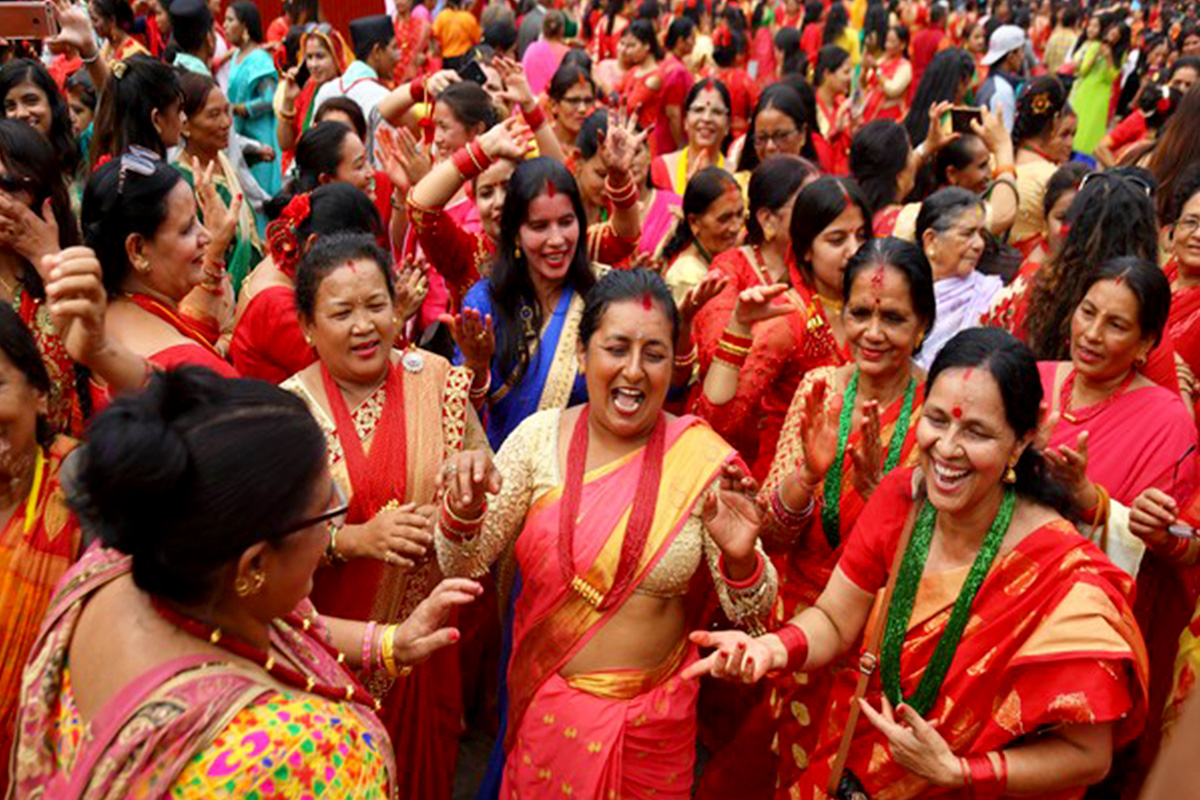
In Hindu mythology goddess, Parvati took the Teej fast in order to get a husband like Lord Shiva. Similarly, married women fast and pray to Lord Shiva for the health and happiness of their husbands, while the prayers of unmarried women are focused on finding a suitable partner like Lord Shiva and experiencing a happy marriage. On the day of Teej, a large number of women pay a visit to Pashupatinath to offer their prayers; it is an amazing sight to see so many ladies dancing joyfully together. It is fascinating to witness ladies of all ages come together, young and elderly, and dance for hours in the heat and rain while going a whole day without drinking a drop of water or eating anything. To learn more about Cultures and Festivals in Nepal, visit here.
Lhosar
The Tibetan New Year (also known as the Losar Festival) begins on the February new moon and ends at Magh or Falgun. Sherpa people heartily celebrate it at the Bodhnath Stupa, the Swayambhunath Monkey Temple, the Tibetan community in Jawalakhel, and the Solu Khumbu region of Nepal.
At the time of the festival, there is a joyful mood throughout all Tibetan communities. The Sherpa, Tamang, and Gurung ethnic groups all celebrate Lhosar with utmost delight and dedication. “Lo” stands for year or age, and “Sar” for new. Therefore, the true Importance of Celebrating Festivals in Nepal is the beginning of a new age. The gumbas and stupas are decorated with colorful prayer flags. Greetings and presents are given and received between individuals.
Buddhist and Tibetan communities also perform different mask dances during this Buddhist Festival in Nepal.
Buddha Jayanti
Buddha Jayanti is a holy festival celebrating the birthday of the Lord Buddha. A prince of the Shakya dynasty, Gautam Buddha was born at Lumbini in 623 BC. Since Nepal is the birthplace of Buddha, one of the major Buddhist Festivals in Nepal is Buddha Jayanti. It takes place either in May or June on the full moon night. On this auspicious day, Buddhist, Tibetan, and peace-loving followers frequently travel to Lumbini, Nepal. On Buddha Jayanti, the Buddhist monasteries, chaityas, gumbas, and bihars are decorated with colorful prayer flags (Lung Dar) and are decked out and overflowing with people.
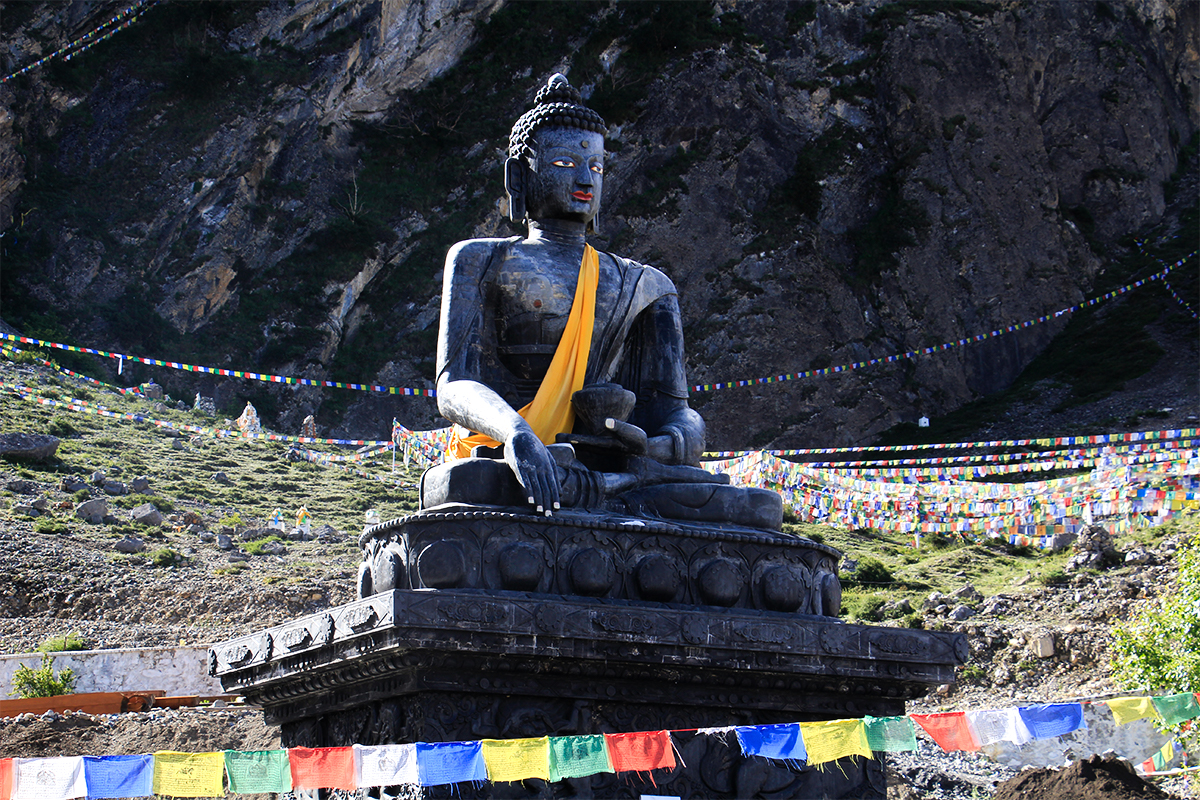
Fagu Purnima (Holi)
Holi, also known as Fagun Purnima, was named after a Hindu mythology as Holika. Like a lot of other Festivals Celebrated in Nepal, Holi has some kind of link to Hindu mythology. It marks the beginning of the victory of good over evil. Legends tell of a young child named Prahalad who was devoted to the god Bishnu, whom the demon king Mahisasur, Prahalad's father, regarded as a dangerous adversary.
People celebrate this festival by engaging in the colorful celebration, which is characterized by joyous activities involving a variety of brightly colored powders. The festival of Holi occurs around the end of February or the beginning of March.
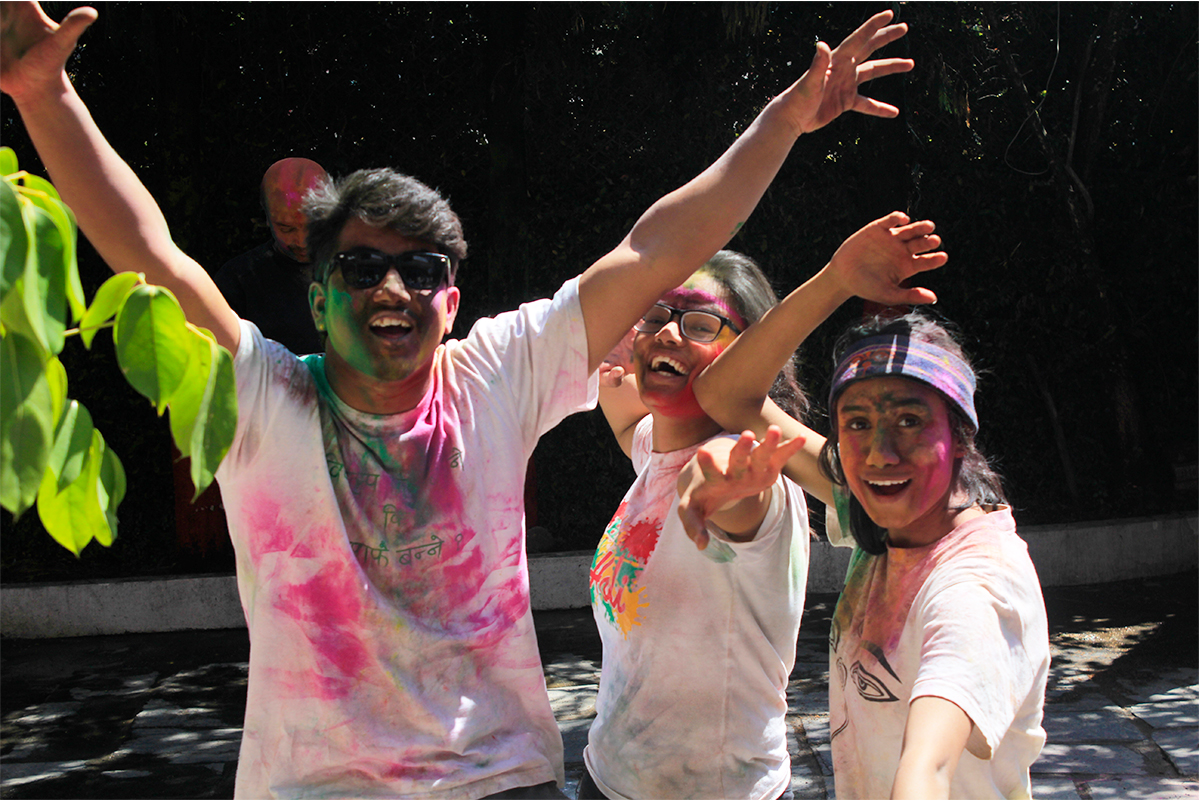
It is a well-known festival in Nepal, and it is celebrated with a variety of colors and feelings of affection. People paint each other with different colors as a sign of love and cooperation. In addition to this, people burn bonfires in order to commemorate Holika's demise (the demon). This festival is observed on the day of the full moon that occurs during the month of Falgun, which occurs between the months of February and mid-May during the spring season. Holi is a festival that is celebrated in Kathmandu, the day after it is held in the Terai area of Nepal. A frequent ritual that is conducted during this festival is the consumption of milk, which has been laced with Bhang, which is a hallucinogenic drug. In recent years, the festival of Holi has even gained appeal among travelers.
Maha Shivaratri
The Night of Shiva, or Mahashivaratri, is one of the greatest festivals in Nepal, as Hindu mythology regards Lord Shiva as being the ultimate deity. According to legend, the stars are optimally aligned on the day of Shivratri, raising spiritual energy. On this day, tens of thousands of Hindu worshipers flock to Pashupatinath Temple, the holiest Hindu shrine and protector of Kathmandu and Nepal. The Pashupatinath temple is decorated with flowers in honor of this event. On the day of Maha Shivaratri, many sadhus travel from all around India to worship at Pashupati and conduct Lord Shiva's mystical Tandav dance. Devotees celebrate the entire night, shouting and hoping for light to triumph over darkness because it is a nighttime event.
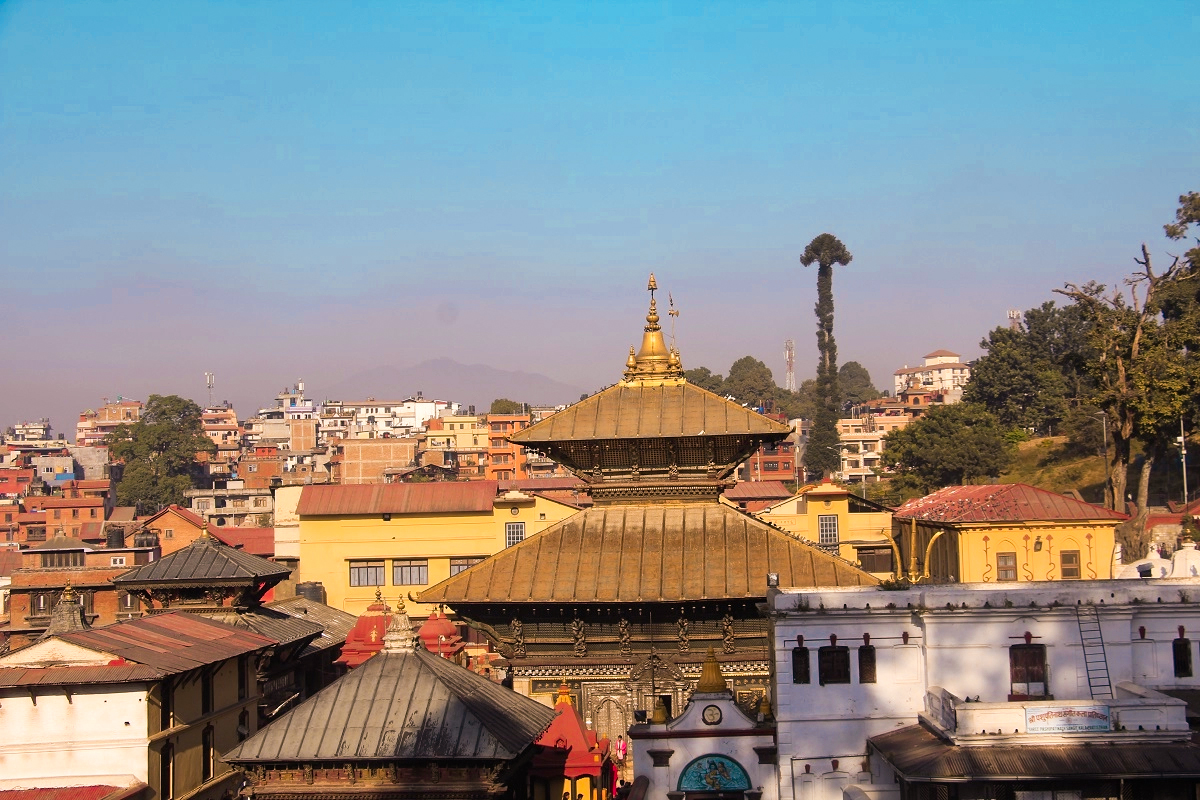
Indra Jatra
Indra Jatra is one of the most fun and essential festivals in the Kathmandu Valley for the Newar Community. This is an eight-day Jatra celebration. Also, around the middle of the 18th century, Kumari Jatra was incorporated into this event. This festival was first started by Jaya Prakash Malla in 1786 AD.
During Indra Jatra, A Lingo, a sacred wooden pole made of pine, is erected at the Hanuman Dhoka grounds in Basantapur Durbar Square to commemorate Indra Jatra. Three chariots pulling musical bands pull a human Ganesh, Kumari, and Bhairav representation along the festival path through Kathmandu for three days during the Kumari Jatra celebration.
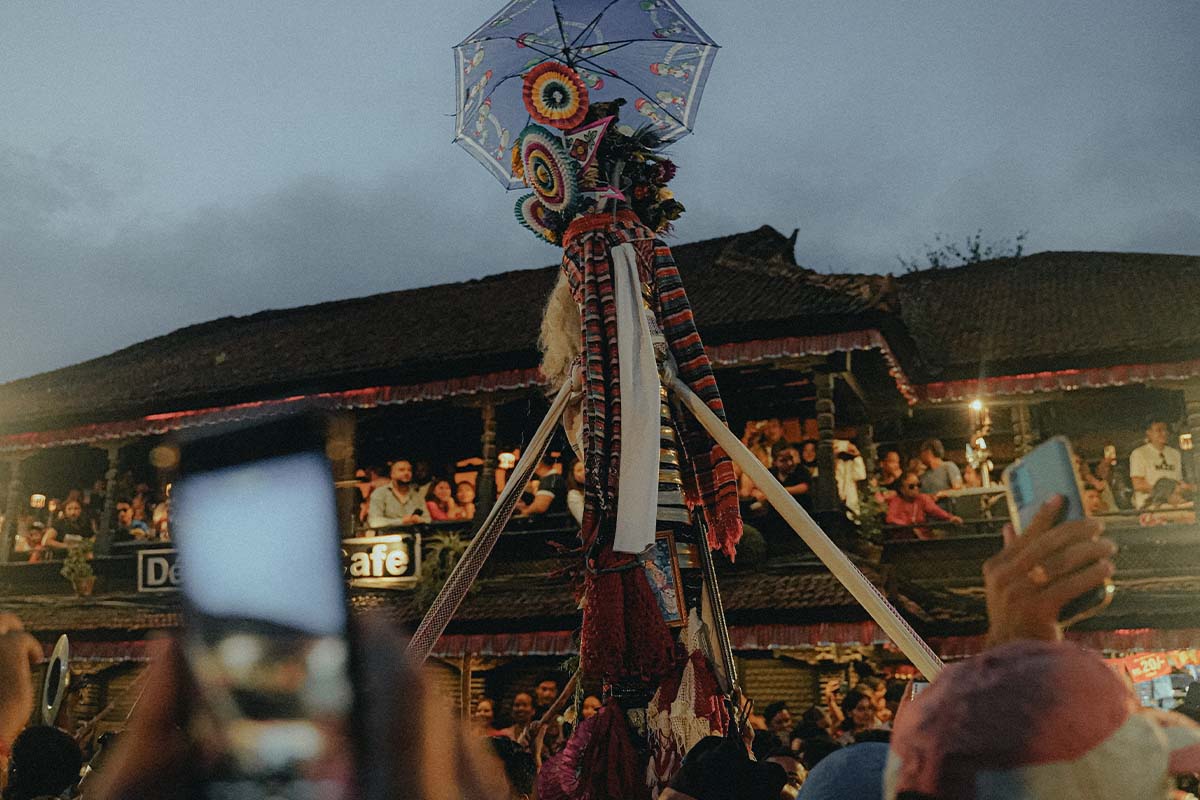
Additionally, the Living Goddess Kumari's chariot is brought out and paraded around Kathmandu's streets. Numerous thousands of onlookers assemble to see the happy procession led by the Lakhey, mask-wearing dancers
It is a festival commemorating the moment Indra, the Hindu mythology's King of Heaven, descended to Earth. If you happen to be in Kathmandu around this time, you'll remember Nepal's distinctive Cultures and Festivals that the Newars proudly celebrate.
Mani Rimdu- a festival in the Everest region
Mani Rimdu is one of the greatest festivals celebrated in the Everest Region of Nepal. This festival was first started to commemorate the victory of Buddhism over the Bon religion. The celebration festival includes traditional opera and masked dances. Ribu or Rimdu are small red pills blessed during the festival, and Mani is a phrase from the chant of Chenrezig.
Mani Rimdu also commemorates the founding of Guru Rinpoche Padmasambhava of Buddhism in the eighth century. Mani Rimdu is celebrated among all the monasteries in the Solukhumbu Region including the Tengboche, Thame, and Chiwong monasteries. This festival is celebrated on the first day of the tenth month in the Tibetan lunar calendar which usually falls between October and November. On this day, monks read from their sacred texts and perform ritual mask dances.
Speaking of its beginnings, Ngawang Tenzin Norbo's idea was to start this festival in the early 1990s at the Rongbuk monastery in Tibet. The Mani Rimdu festival was reportedly started between 1907 and 1910 and relocated to the Solukhumbu Region around 1940, according to Trulshik Rinpoche. This celebration represents the victory of good over evil by exterminating demons.
Chhath Parva
The name "Chhath" originates from the Sanskrit term " Shasti ", which means "the sixth". This ancient Hindu Festival, celebrated in the Terai region of Nepal, which is observed the day after Tihar, is indigenous to the Indian subcontinent. This ancient festival honors the Sun God (Surya Dev).
From Kartik Shukla Chaturthi to Kartik Shukla Saptami, Chhath Parva is celebrated for four days (according to the Lunar calendar). Married women still make sacrifices to date and pray for a longer and higher quality of life for their loved ones. In addition, some still believe that by taking a holy bath in the river, they can atone for all of their sins. There is no idol worshipped or need for priests during this festival.
This festival starts with Nahay Khay, then a 36-hour nirjala fast (observing fast without any food or water for 24 hours), and it concludes with the offering of Usha Arghya. Although the precise origin of this festival is still unknown, the beliefs have ties to the Hindu epics. The two myths connected to Chhath Puja are Ramayana and Mahabharata. Chhath is a Vedic ceremony honoring the Hindu god Surya, who is also known as the festival's Ranbay.
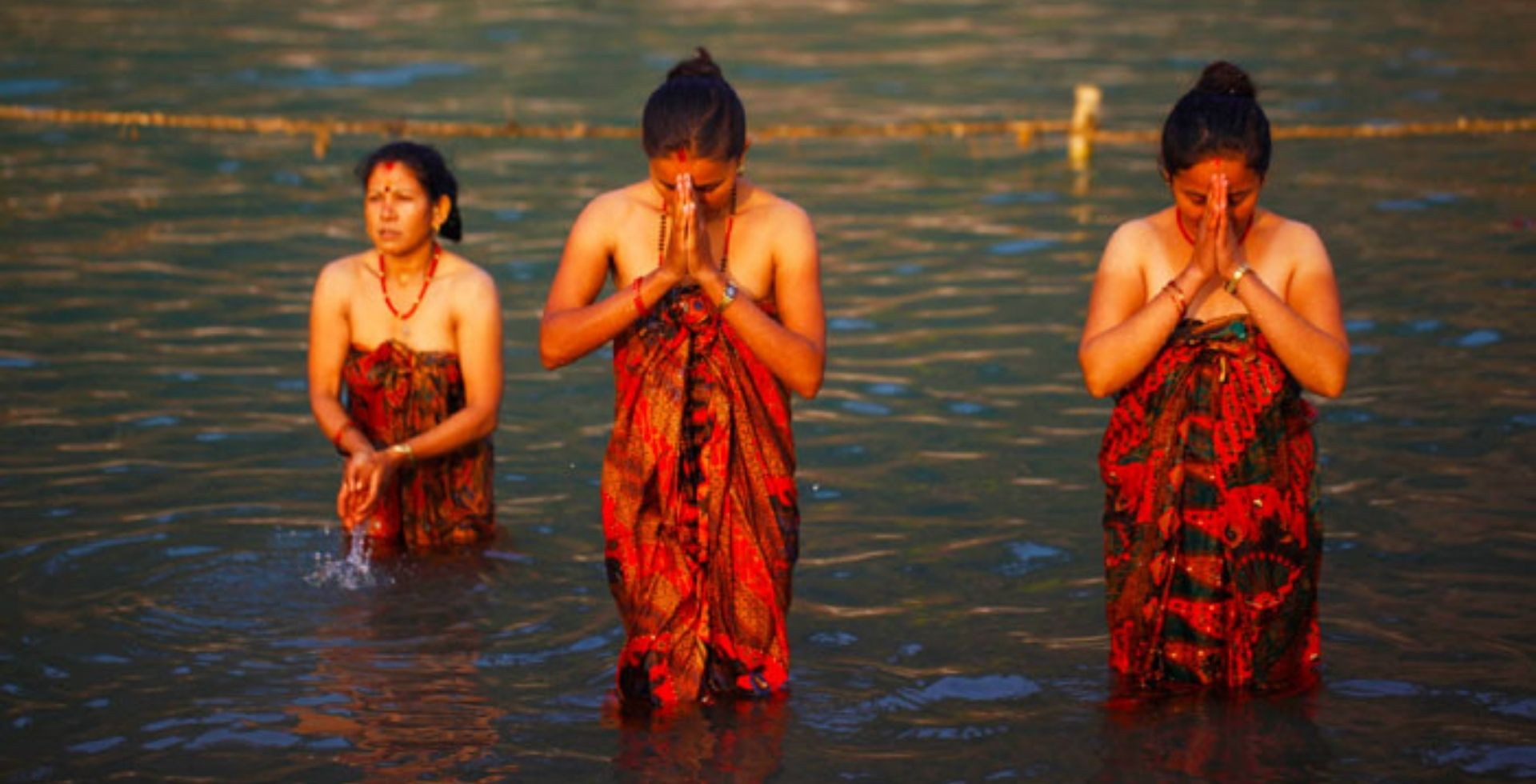
Conclusion
To sum up, Nepal observes numerous regional, communal, and seasonal festivals. Due to their abundance, any season of the year guarantees a fun holiday experience. Plan your vacation with Footprint Adventures to take part in Nepal's vibrant festivities. Depending on your preferences, we may assist you in finding the ideal festival and a unique cultural experience in Nepal. To learn more about Different Festivals in Nepal, visit here.











